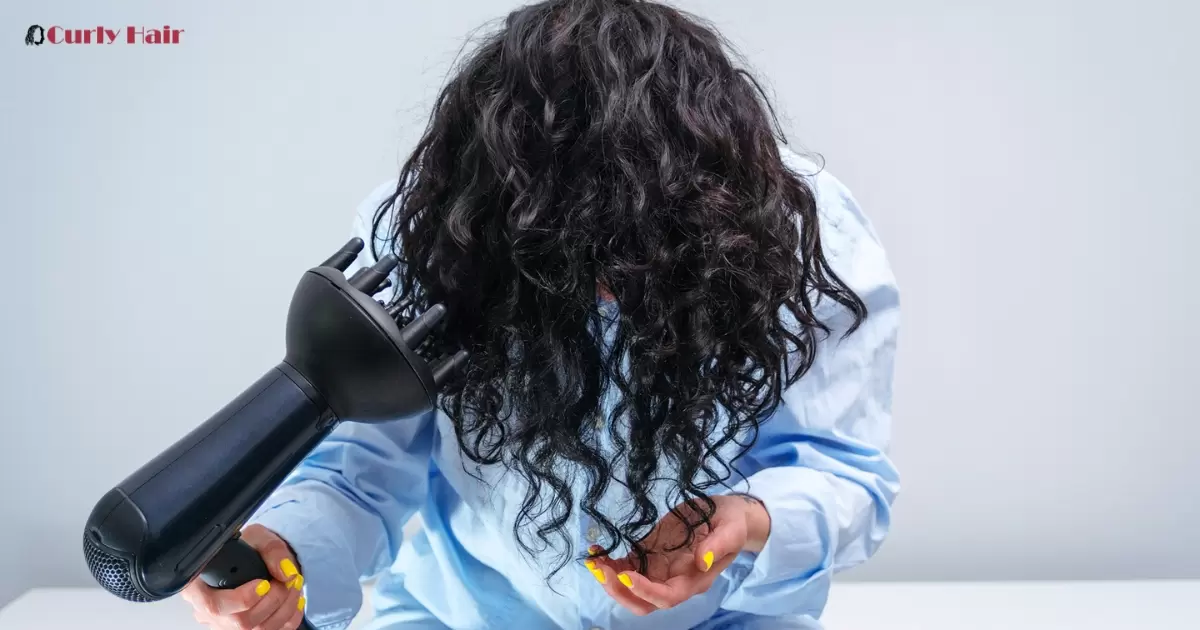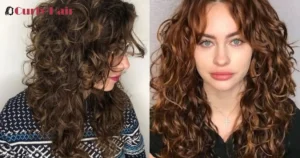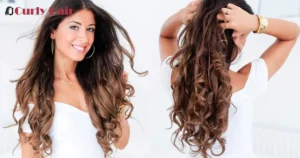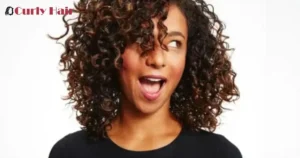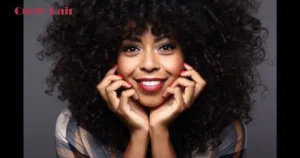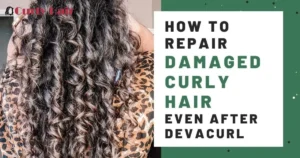Dry hair can be a real pain to style. It often looks frizzy and dull. But don’t worry! There are easy ways to make your dry hair look great. With the right products and techniques, you can tame your locks. You’ll soon have smooth, shiny hair that’s easy to manage.
Is your hair dry and unruly? Do you struggle to make it look good? Many people ask, how to style dry hair. It’s a common problem. Dry hair can be hard to manage. But don’t worry! There are easy ways to fix this issue.
Dry hair can be tricky, but you can make it look great. This blog will show you easy ways to style dry hair. You’ll learn tips and tricks that work. Say goodbye to frizz and hello to smooth, shiny locks. Ready to transform your hair? Let’s dive in and discover how to tame your dry hair!
Key Takeaways
- Always apply a heat protectant to shield hair from damage.
- Divide hair into sections for even drying and styling.
- Start with the bottom sections to avoid tangling and ensure smooth results.
- Use low heat and a round brush for volume and a polished finish.
- Minimize heat styling and touch-ups to prevent further dryness and damage.
- Use deep conditioning treatments to maintain moisture and shine.
What Causes Dry Hair?
Many factors can lead to your hair becoming dry. Excessive use of heat styling tools damages the hair cuticle. Harsh weather conditions like sun exposure can strip natural moisture from your hair.
Chemical treatments like dyeing and perming also weaken hair. Using shampoos with sulfates can remove natural oils. A poor diet lacking in essential nutrients affects hair health too.
How To Identify Dry Hair?
Dry hair looks dull and brittle. It lacks the shine and softness of healthy hair. Split ends and breakage becomes common issues. To manage these problems, you can style frizzy hair without heat effectively.
Frizz and tangles occur more often with dry hair. It feels rough to the touch. These signs indicate your hair needs extra moisture.
Best Products For Dry Hair
To combat dryness, start with a hydrating shampoo. Look for natural ingredients like aloe vera and coconut oil. These help retain moisture and reduce breakage. Follow with a conditioner designed for dry hair. Products with argan oil and shea butter nourish and soften.
After washing, use a leave-in conditioner. This adds extra moisture and protection. Avoid products with alcohol, as they can dry hair more. Finish with a hair serum or oil. Argan oil or jojoba oil works well. Apply sparingly to avoid a greasy look.
How To Moisturize Effectively?

To moisturize effectively, start by choosing the right products for your hair type. Use a hydrating shampoo and conditioner to add moisture. Apply a leave-in conditioner or hair oil to damp hair. Focus on the ends, which are often the driest part.
Deep conditioning treatments are also crucial. Use a deep conditioner once a week to restore moisture. You can also try homemade masks with ingredients like honey or avocado. Regular trims help remove dry, split ends, promoting healthier hair.
Proper Sectioning For Uniform Drying
Sectioning hair ensures even drying and smooth styling. Divide hair into four parts. Clip each section to keep it separate. Work on one section at a time. Start from the roots and move to the ends for the best results.
Start By Dividing Hair Into Sections
Start by dividing your hair into four sections. Use clips to hold each part. Work on one section at a time. This method ensures even drying and styling.
Separate Hair Into Top And Bottom Sections
To start, divide your hair into top and bottom sections. Use a comb to make a horizontal part. Clip the top section up to keep it out of the way. Dry the bottom section first, then move to the top.
Dry The Bottom Sections First, Then The Top Sections
Start by drying the bottom sections first to avoid tangles. Use a gentle airflow. Move to the top sections once the bottom is dry. This method ensures smooth and even results.
Can Oils Help Dry Hair?
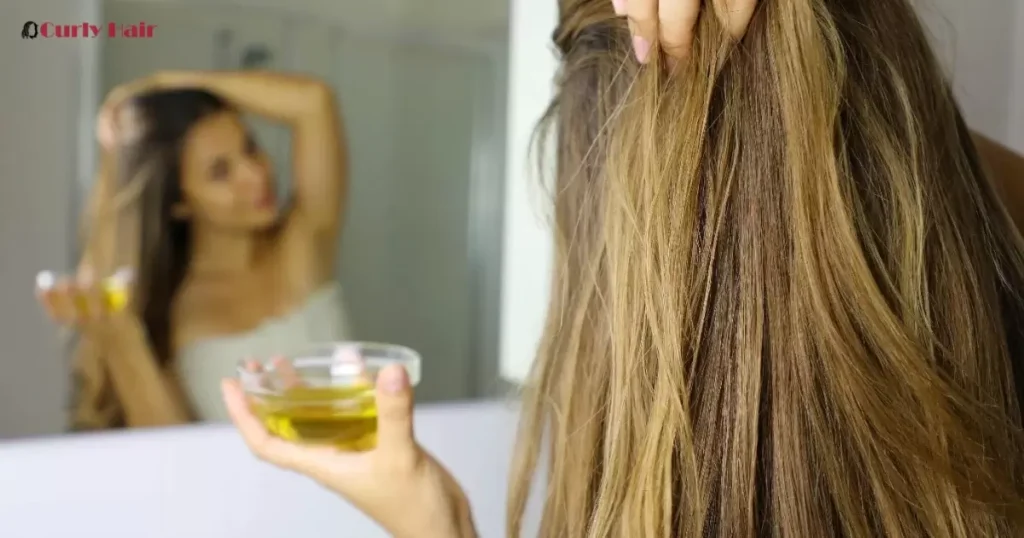
Oils can be beneficial for dry hair by adding moisture and shine. They help to lock in hydration and reduce frizz. Apply a small amount to the ends for best results. Avoid using too much to prevent greasiness.
Choose natural oils like argan or coconut for nourishing effects. Massage gently into the hair, focusing on the driest areas. Regular use can improve texture and manageability. Ensure to use a light hand to avoid buildup.
What Are Diy Hair Masks?
DIY hair masks are homemade treatments using natural ingredients. They help improve hair health and texture. Common ingredients include honey, avocado, and coconut oil. These masks can address various hair issues, like dryness and damage.
Applying a DIY mask is simple. Mix the ingredients and apply them to damp hair. Leave it on for 20 to 30 minutes. Rinse thoroughly with warm water for best results.
How To Avoid Heat Damage?
Use a heat protectant before styling to shield your hair from damage. Apply it evenly to damp hair. Keep styling tools in a lower heat setting for safer use. Avoid prolonged exposure to high temperatures.
Allow your hair to air dry before using heat tools. This reduces the amount of heat needed. Always ensure tools are clean to prevent excess heat buildup. Regularly trim your hair to keep it healthy.
How Often To Wash Hair?
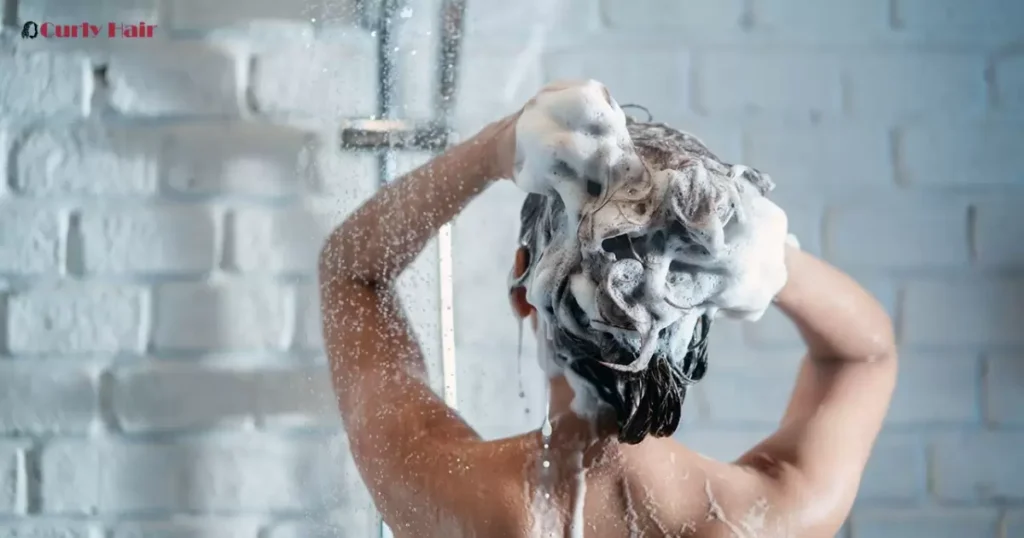
Washing your hair too often can strip it of natural oils. Aim to wash every two to three days. This helps maintain moisture and keeps hair healthy. If your hair feels greasy, you might need to adjust the schedule.
Everyone’s hair is different. Some may need more frequent washing while others less. Pay attention to how your hair looks and feels. Adjust the frequency to suit your hair type and lifestyle.
Tips For Daily Hair Care
- Wash your hair with a gentle shampoo.
- Use conditioner to keep hair soft.
- Avoid heat styling to reduce damage.
- Trim your hair regularly to prevent split ends.
- Drink plenty of water for healthy hair.
- Avoid over-brushing to prevent breakage.
When To Seek Professional Help?
If home remedies do not improve your hair, seek professional help. Persistent dryness despite efforts may signal underlying issues. Unusual hair breakage or scalp problems should also prompt a visit. A specialist can provide targeted treatments and expert advice.
Consider professional help if you notice significant hair damage or persistent issues. If you struggle to manage dryness effectively, a professional can offer solutions. They can assess your hair condition and recommend suitable treatments.
Recommended Hair Masks
Use hair masks to nourish and restore dry hair. Choose ones with natural oils like coconut or argan. These ingredients provide deep moisture and repair damage. Apply the mask weekly for best results.
Look for masks with proteins to strengthen and protect hair. Ingredients like keratin and silk help rebuild and maintain healthy strands. Leave the mask on for the recommended time to maximize its benefits.
Ingredients For Effective Masks
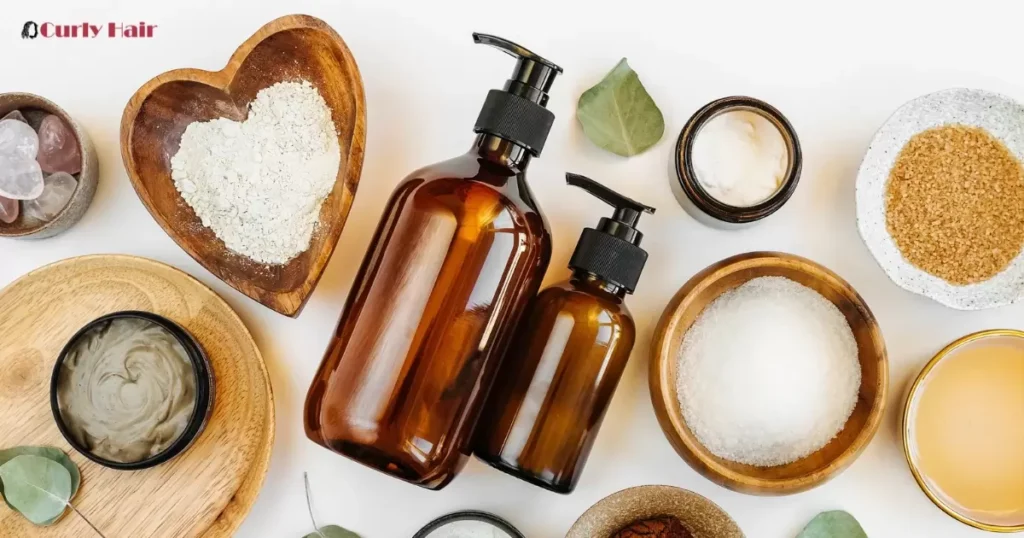
For effective masks, use ingredients like honey, avocado, and coconut oil. Honey adds moisture and shine. Avocado provides essential nutrients and softness. Coconut oil helps in deep conditioning and repairing.
Mix these ingredients for a nourishing treatment. Apply the mixture to your hair and leave it on for 20 minutes. Rinse thoroughly to reveal smooth and hydrated hair.
Application Techniques for Masks
Apply hair masks evenly to damp hair for best results. Start at the roots and work through to the ends. Use your fingers or a wide-tooth comb for even coverage. Let the mask sit as directed for maximum benefit.
Rinse thoroughly with lukewarm water after the mask has set. Avoid hot water, which can strip moisture. Gently squeeze out excess water before applying any additional products. This helps maintain hydration and improves the final look.
Tips For Styling Your Dry Hair
Start with a leave-in conditioner to add moisture and reduce frizz. Use a wide-tooth comb to detangle hair gently. Apply styling products suited for dry hair to enhance shine. Avoid heavy products that can weigh hair down.
Style with a heat protectant before using any tools. Opt for low heat settings to prevent damage. Use a soft brush to smooth out your hair and avoid breakage. Achieve a polished look with a blow-dry hairstyle. Finish with a light mist of hairspray for hold and shine.
Frizzy Hair Styling

To style frizzy hair, start with a smoothing product to tame flyaways. Apply it evenly and gently comb through your hair. Use a blow dryer with a diffuser on low heat to avoid more frizz.
Once your hair is mostly dry, apply a light serum to add shine. Avoid using too much product to keep hair from looking greasy. Finish with a gentle brush to smooth out any remaining frizz.
5 Steps In Blow-Drying The Hair
1. Apply a heat protectant to damp hair to shield it from damage.
2. Divide your hair into sections to manage it more easily.
3. Start blow-drying the bottom sections first for even drying.
4. Use a round brush to add volume and smoothness as you dry.
5. Finish with a cool blast to enhance your style and shine.
How To Eliminate Frizz?
Start by using a moisturizing shampoo and conditioner. These help smooth your hair and reduce static. Avoid over-drying your hair with a towel; gently pat it instead. Use a heat protectant before styling to minimize damage.
Apply a smoothing serum to tame flyaways and add shine. Use a blow dryer with a nozzle attachment for a sleek finish. Avoid brushing your hair when it’s dry, as this can increase frizz. Finish with a light hairspray for added control.
How To Avoid Frizzy Hair?

To prevent frizz, use a leave-in conditioner or smoothing serum. Apply these products to damp hair. Avoid using high heat when blow-drying or styling. Lower heat settings help keep hair smooth.
Avoid touching your hair too much throughout the day. This can cause frizz and disrupt your style. Use a wide-tooth comb instead of a brush on wet hair. This reduces breakage and helps maintain a sleek look.
Frequently Asked Questions
How to style dry hair in the morning?
Apply a light styling cream to dry hair and use a brush to smooth. For added volume, use a blow dryer on a low setting.
How to style dry hair without heat?
Apply a leave-in conditioner or styling cream to damp hair. Use a wide-tooth comb to shape and let it air dry.
How can I make my dry hair look healthy?
Use a deep conditioning treatment weekly and avoid heat styling. Apply a nourishing hair oil to add shine and moisture.
Conclusion
In conclusion, mastering the art of how to style dry hair involves several key steps. Proper sectioning is crucial for even drying and achieving the best results. Drying the bottom sections first helps prevent tangles and ensures a smoother finish.
Using the right techniques, such as blow-drying in sections and applying heat protectant, can greatly enhance your hair’s look. By following these methods, you can effectively manage dry hair and keep it looking healthy and vibrant. Consistent care and the right products will make styling dry hair much easier.
